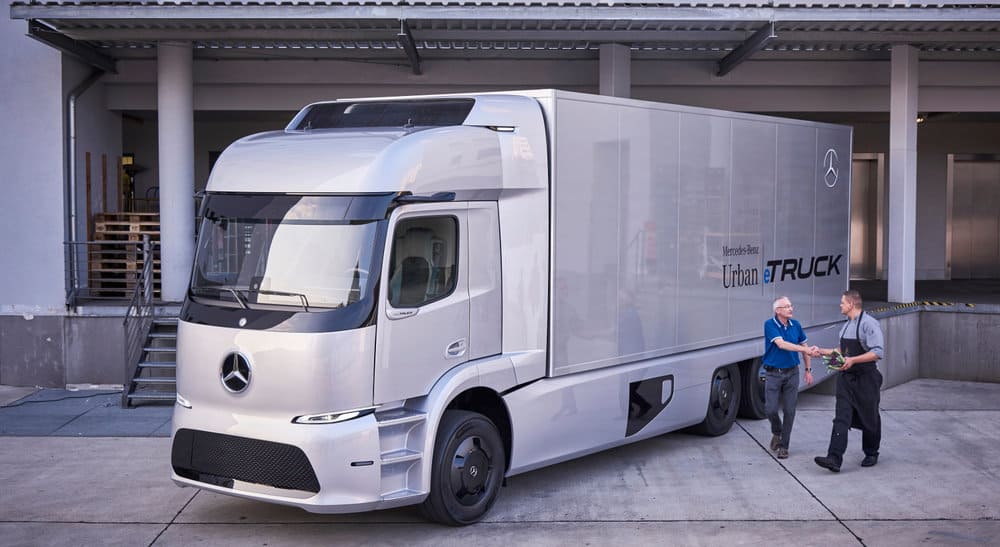
Commercial vehicles are rarely mentioned when countries announce plans to halt gas and diesel car sales
The headlines last week certainly grabbed attention. “Britain to ban new diesel and gas cars by 2040”; “Electric cars win? Britain to ban new petrol and diesel cars from 2040.” We could go on. The stories were everywhere. And they followed those from a week earlier when France declared the same.
Britain published a new clean air strategy that stops the selling of gas and diesel cars and vans by 2040. It will also make $332 million available to local governments to retrofit busses in the short term, the New York Times said. India, France, Britain and Norway have all put in place goals to stop the sales of gas and diesel cars. According to CNN Money, at least 10 other countries have set targets for boosting electric car sales.
A recent IHS Global report on electric vehicles illustrates how uncertain the shift to electric will be. That report predicts that somewhere between 15% and 35% of all new vehicle sales globally by 2040 will be electric. That represents a wide range, that might change drastically if more countries follow England and France’s lead and ban the sales of gas and diesel cars.
Bloomberg New Energy Finance (BNEF) is more optimistic with its market share forecast, suggesting that by 2040, 54% of all global auto sales will be electric, up from just 1% last year. One-third of the global vehicle fleet will be electric.
Volvo made news recently when it announced that it would no longer develop powertrains for cars that used only a combustion engine.
So clearly a push to electric is on. But what about in the commercial space? Few of these announcements address commercial goods movement, which is primarily handled by diesel-powered trucks.
In all likelihood, commercial vehicles will be going along for the ride – whether they want to or not. One reason is due to supply and demand factors, and the second because it will make economic sense to do so.
First, supply and demand. As electric cars make up more of the total vehicle population, the demand for gas and diesel will diminish. An estimated 8% decline in global crude needs will happen by 2040 based on current projections. That could accelerate as electric vehicles become more economically viable. As crude declines, the demand for gas and diesel declines, and the higher the price goes. That creates an operational cost problem for carriers.
Which leads directly into the second point that it will make too much economic sense not to switch to electric vehicles by 2040.
BNEF notes that the cost of lithium-ion cells has dropped by 73% since 2010, and further technological advances could drive down electric vehicle prices even more.
“By 2040, each and every commercial vehicle will have some kind of electric powertrain,” Sandeep Kar, global director of commercial vehicle research for Frost & Sullivan’s Automotive & Transportation division told FreightWaves. “The decision to go electric is not dictated by regulation, but by market demand. Some kind of electric powertrain will be part of trucks anyway, even if there are no regulations, just because [electric] will be so much cheaper than diesel.”
Kar went on to say that he doesn’t expect diesel to be a dinosaur by 2040, but it will be diminishing in its use.
“Maybe [replacing diesel by 2040] is too drastic, but I think every commercial vehicle will have some kind of electric powertrain,” he adds.
One plus for trucking fleets, though, may be the revenue electric vehicles could generate. While an electric car has 80% to 90% fewer parts by some estimates, the parts that are used are more delicate.
“The electrical components are specialized components and require more specialized transportation,” Kar says. “While there will be a [freight] volume loss, I don’t think there will be a revenue loss because specialized loads [cost more to move].”










